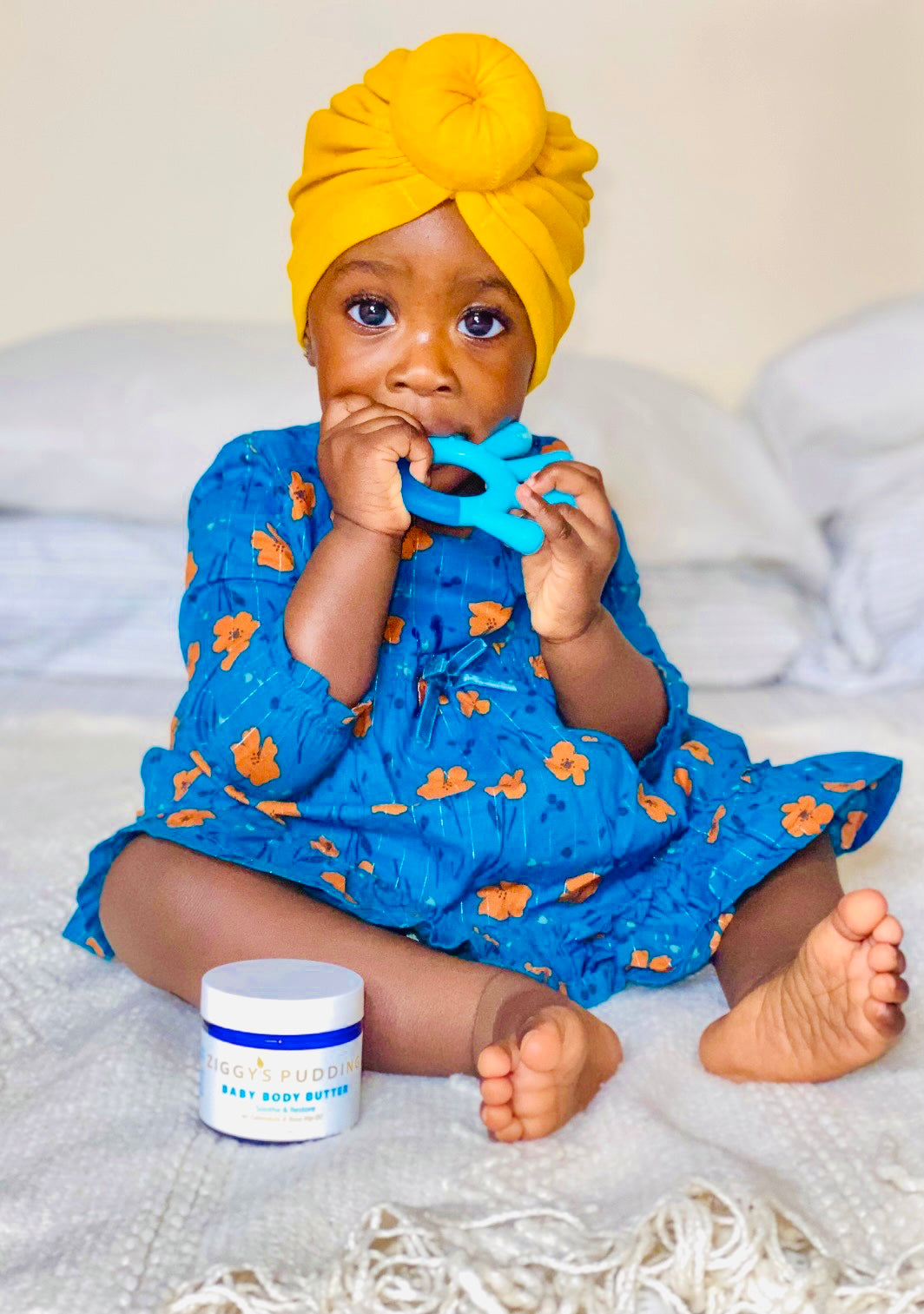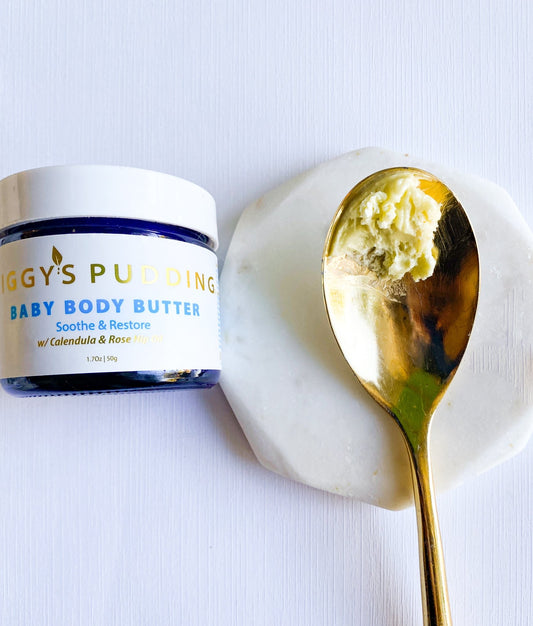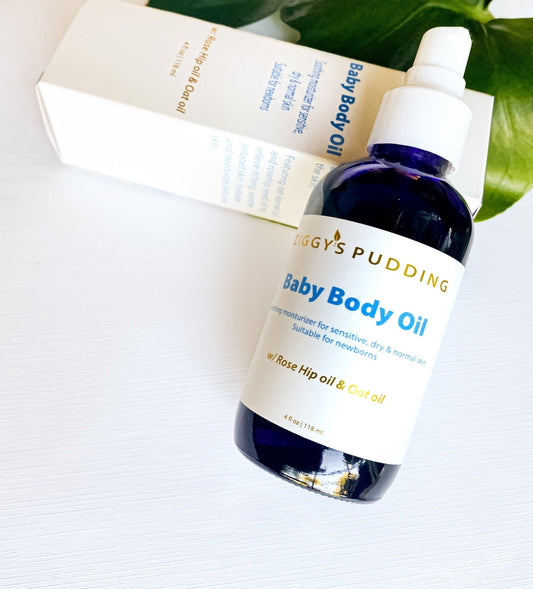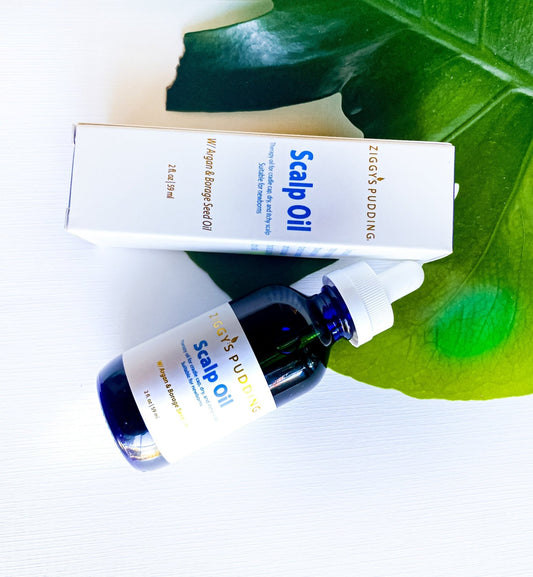Well here is a brief overview of the seven types of eczema.
Eczema is a group of skin conditions that cause the skin to be inflamed, itchy, with red/irritated patches in light skin tones and brown or purple patches in darker skin tones. While not contagious, it is very common. In Fact according to researchers, more than 31 million people in America have some type of eczema.
Types of eczema:
- Atopic dermatitis
- Contact dermatitis
- Neurodermatitis
- Nummular eczema
- Seborrheic dermatitis
- Dyshidrotic eczema
- Stasis dermatitis
Atopic Dermatitis is the most common type of eczema and the most chronic. It affects about 9 million children and 16 million adults in the United states. Flare ups may come and go throughout the years and it can coexist with other types of eczema.
Contact dermatitis occurs when the skin becomes inflamed as a result of contact with a certain allergen or irritant. There are two types, irritant dermatitis and allergic dermatitis.
- Irritant dermatitis does not involve the immune system but is a local reaction and damage the skin cells have when exposed to irritants such as detergents, soaps, metals, make up, jewelry, different fabrics and excessive washing of hands.
- Allergic dermatitis is a delayed reaction that appears a fews days after the skin is exposed to an allergen. It usually appears as a rash on the skin.
Neurodermatitis is characterized by intense itching and scratching. It is not diffuse all over the body like atopic dermatitis but may show up in one or two thick, leathery patches on the skin. It’s usually seen around the ankles, hands, shoulders, wrists, elbows, neck and scalp.
Nummular eczema, also known as discoid eczema, shows up as circular, scattered, often itchy and oozy patches on the skin. It may develop as a reaction to other types of eczema and their triggers.
Seborrheic dermatitis is a chronic form of eczema that develops on the body where there are a lot of oil producing (sebaceous) glands. It can affect people at any age, and in infants it is called cradle cap.
Dyshidrotic eczema causes small, itchy blisters on the palms of the hands, sides of the fingers and toes, and soles of the feet. It is more common in people who experience other forms of eczema and maybe hereditary.
Stasis eczema, also known as gravitational dermatitis, venous stasis dermatitis, and venous eczema, happens when there is poor circulation in the legs. People with venous insufficiency often experience this form of eczema.
Each type of eczema has its own triggers and treatment protocols. The most important action to take when you start experiencing a rash or any of the symptoms of eczema is to seek help from your healthcare provider and dermatologist.
Here at Ziggy’s Pudding, we are dedicated to providing natural options for managing eczema. Learn more about our signature baby body butter here.





